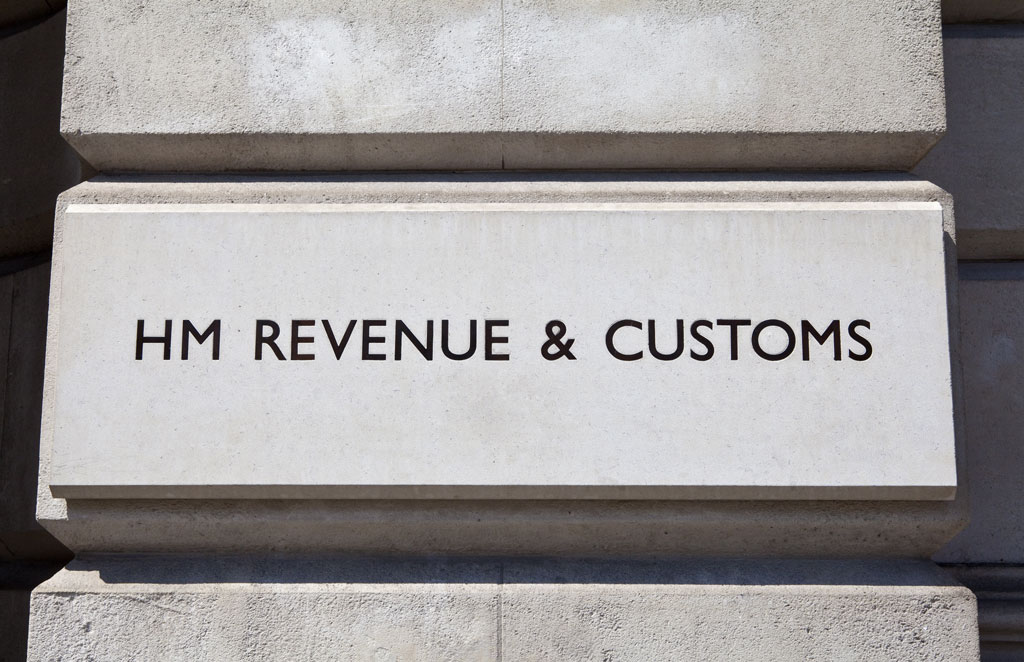A Brief History of the Stamp Duty Land Tax

This article presents the history of Stamp Duty Land Tax and how this property tax changed over the years in the United Kingdom.
Stamp Duty was first introduced in England in 1694 to help fund the war with France. It originally imposed tax duties on various legal documents, such as cheques, property and land transactions, receipts, etc. For these documents to be legally effective, a physical revenue stamp had to be attached or impressed on the document to show the stamp duty had been paid.
Stamp Duty was quite a success and led to substantial gains in the crown’s treasure, and the taxes were later extended to cover other items such as playing cards, newspapers and advertisements, hats, gloves and mittens, attorneys’ and solicitors’ licenses, perfumes, cosmetics, hair powder, receipts, and paper. This is not an exhaustive list, and with changes, it continues until today in the form of Stamp Acts. The role and scope of stamp duty taxes have changed dramatically over the years, and a new type of land transfer tax was introduced in 2003: the Stamp Duty Land Tax.
Recent History of Stamp Duty Land Tax
The Stamp Duty Land Tax was introduced in 2003 as a replacement for the old Stamp Duty Tax. Stamp Duty Land Tax (SDLT) is a tax on land transactions in England and Northern Ireland, and in fact, SDLT is not a stamp duty but a form of self-assessed transfer tax charged on land transactions.
How does SDLT work?
Upon buying a property in the UK, HMRC requires an SDLT tax assessment received from each purchaser within four weeks of completing the transaction, failing which may cost you a fine. After that, you have 14 days to pay the SDLT. HMRC will then provide you with a certificate without which it is impossible to register a change in land ownership. However, most lenders require you to have paid SDLT at completion if you require a mortgage.

The difference between the old and new stamp duty land tax
The old Stamp Duty used to be based on a transaction only – you took the price of a contract, ran it through a simple Stamp Duty calculator, and you could see the stamp duty due on the purchase.
The new Stamp Duty Land Tax is a self-assessment tax. The buyer or their conveyancing representative submits the form to HMRC. Similarly, but subtly different to the old regime, the Stamp Duty calculator now offers what is a guide to the amount of the SDLT to be paid. The charge is mainly based on the property’s value and other less well-known factors, making the process often confusing and time-consuming if done properly. In many cases, buyers, on the recommendation of their representatives, overpay this tax because they don’t know of or how to utilise the various reliefs available. Instead, they overpay, feeling safer because paying too little of a tax can lead to serious fraud consequences.
Stamp Duty Land Tax Refunds
If you bought a house or other UK property in the last four years, then you may have overpaid your Stamp Duty and be entitled to an SDLT refund from HMRC. As mentioned above, property buyers and their representatives tend to play it safe and overpay on taxes, but there is a way to get a refund from HMRC if the self-assessment has been wrongly calculated and paid. You or your solicitor might have missed reliefs. You can use this online SDLT qualification form to see if you are eligible for a stamp duty refund.
Stamp Duty Land Tax Rates and Surcharges
The Stamp Duty Land Tax (SDLT) rate was charged first following a “slab structure”. This meant that the entire cost was taxed at the related rate if a home fell into a particular band. Since the Stamp Duty Land Tax introduction in the UK in 2003, there has been a high level of house inflation; therefore, property prices rose, while the threshold for SDLT remained unchanged at a low rate of £60,000. In 2005, the threshold for paying SDLT was raised to £120,000; in 2006, it was increased further to £125,000. Below you can find the recent history of Stamp Duty Land Tax and how these changes affect you today.
The first Stamp Duty Land Tax Holiday
In September 2008, the UK Government raised the threshold for paying SDLT from £125,000 to £175,000 for one year, which was later extended until the end of 2009.
Higher SDLT for more expensive homes
In 2010, buyers would have to follow a 5% rate for properties over £1,000,000, and since 2012, 7% for properties over £2,000,000.
The end of the slab element
In 2014 the slab element in charging the SDLT was removed. Since then, SDLT is paid on the amount above certain thresholds rather than one rate on the total amount.
Second-home buyer surcharge
From April 2016, buyers of second homes, which are not meant to be their primary residence (for example, buy-to-let or holiday homes), pay a 3% surcharge over the standard rate for any particular price. However, if you sell your first home within 36 months, you can apply for the 3% surcharge refund from HRMC.
First-time home buyers’ discount
Since 2017, first-time homebuyers in England and Wales purchasing homes up to £300,000 are exempted from paying any SDLT, saving them up to £5,000. Further, SDLT reduction for first-time buyers spending up to £500,000 will only pay Stamp Duty at 5% on the amount above £300,000. Those spending over £500,000 will pay the whole Stamp Duty rate.
Related: 2021 STAMP DUTY LAND TAX RATES IN THE UK
The second Stamp Duty Holiday
From July 2020 until 30 September 2021, the Government announced reduced rates of Stamp Duty Land Tax (SDLT) for residential property purchases. It was an answer to the coronavirus crisis and an aid for people looking to buy their first home in the UK.
SDLT surcharge for non-UK residents
From April 2021, buyers of residential property who are not UK residents will face a 2% surcharge on all SDLT rates above the threshold.
Stamp Duty Land Tax – a complicated tax
The rules around SDLT are constantly changing, and the property buyers are the ones who “lose” on these changes. Since Stamp Duty Land Tax is a self-assessed and reported tax and underpaying, it impedes a hefty fine; solicitors who help their clients file the SDLT form often play it safe. Moreover, they’re not tax specialists and often don’t know about all SDLT reliefs available.
If you have bought a property in the UK in the last four years and you think you have paid too much SDLT, contact Soteria for a free Stamp Duty Land Tax review!